Introduction #
In the ever-evolving landscape of game development, the role of a game artist is becoming increasingly demanding, even after the rise of AI which may discourage some people. So, i create a standard according my experience leading some artists. This also based on SKKNI (Standar Kompetensi Kerja Nasional Indonesia) which is a national standard for work competencies in Indonesia in 2024. This article created for GameSeed 2025, a game development event in Indonesia.
Roadmap #
Art Basics #
You are game artist and you have to know the basics of art. This is the foundation of your work. You should be able to create basic shapes, understand color theory, and have a good grasp of perspective.
Anatomy/Figure #
WIP
Color, Lighting, and Shading #
WIP
Tools and Software #
WIP
Practice, Applied, and Feedback #
Practice, applied on the game project, and feedback are crucial for your growth as a game artist. You should be able to apply what you learn in real projects and get feedback from your peers and mentors.
Some of the forms of Game Art is not limited to:
Concept Art #
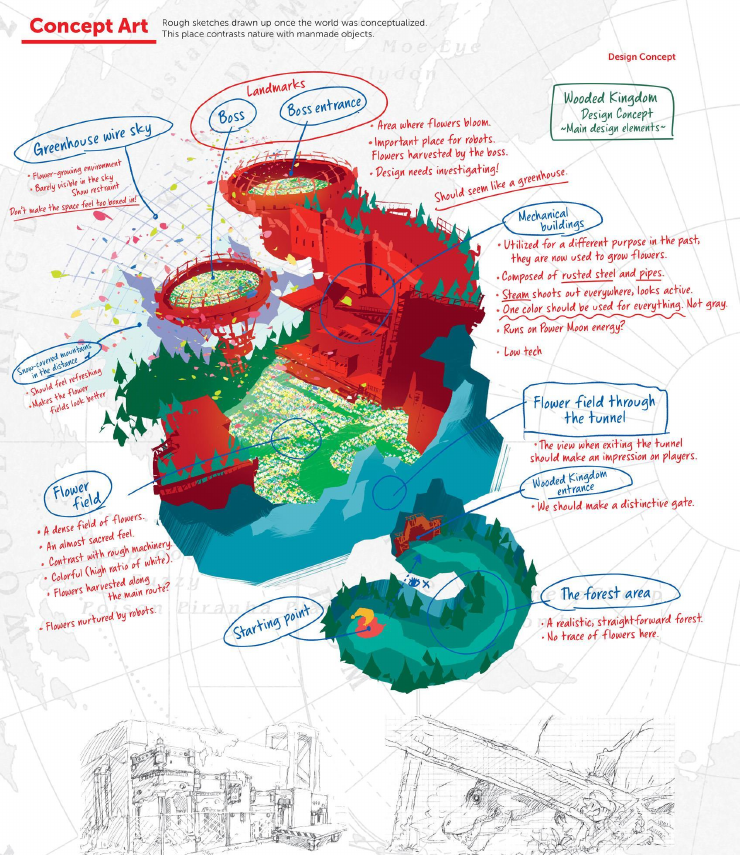
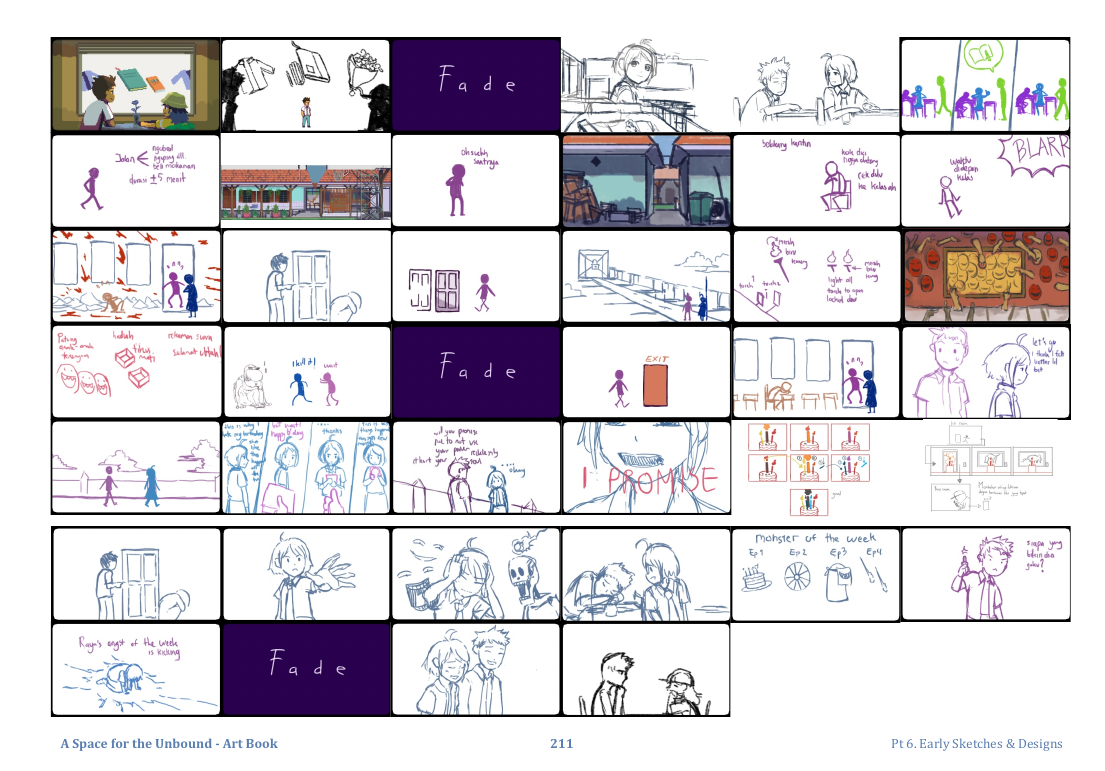

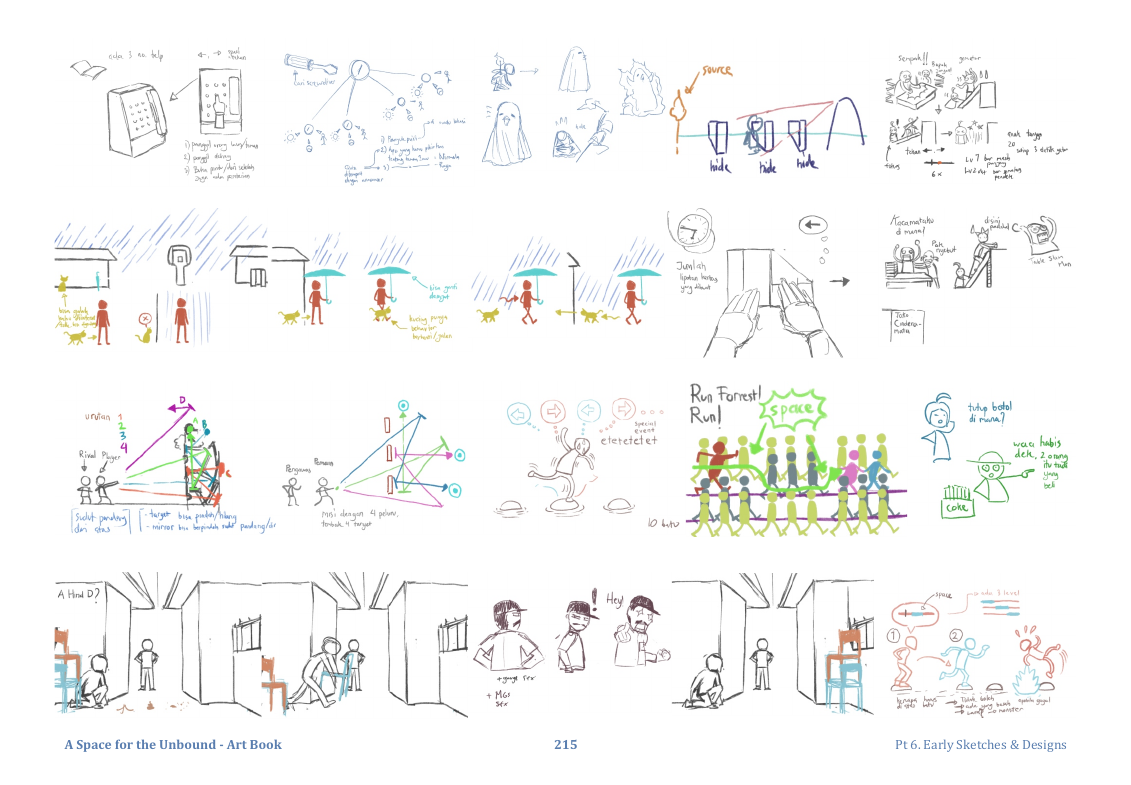
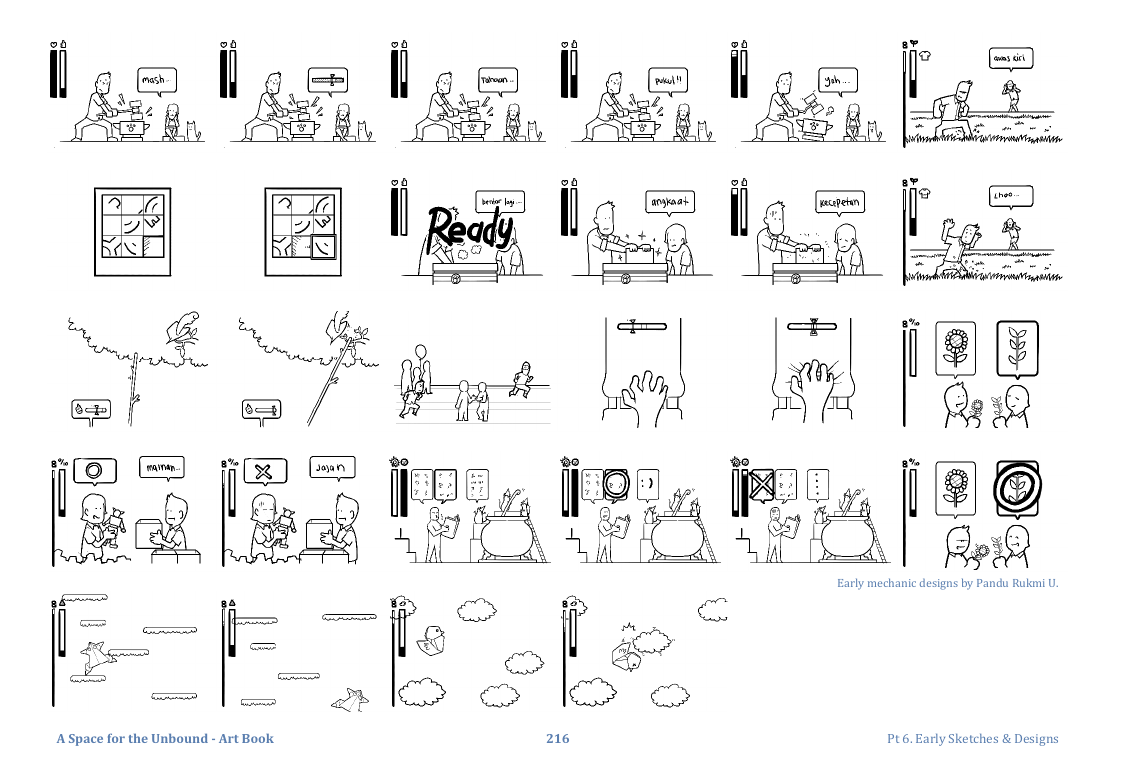
Seems easy, but its hard to master. Because most of the time you trace the concept art from other artists, and you have to create your own style. You should be able to create concept art for characters, environments, and props. Dont be like an AI that just blatantly copy and paste(it’s not wrong tho). Here is example of Space for The Unbound Artbook and Super Mario Odyssey Artbook.
Character #
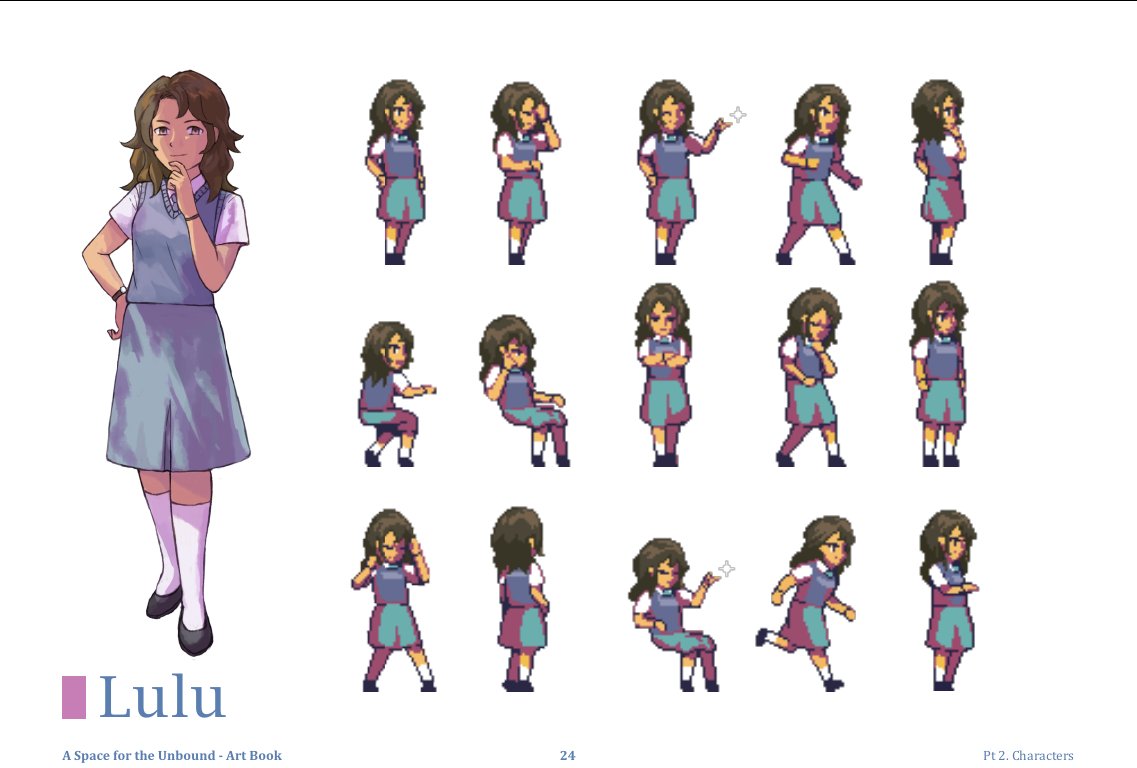
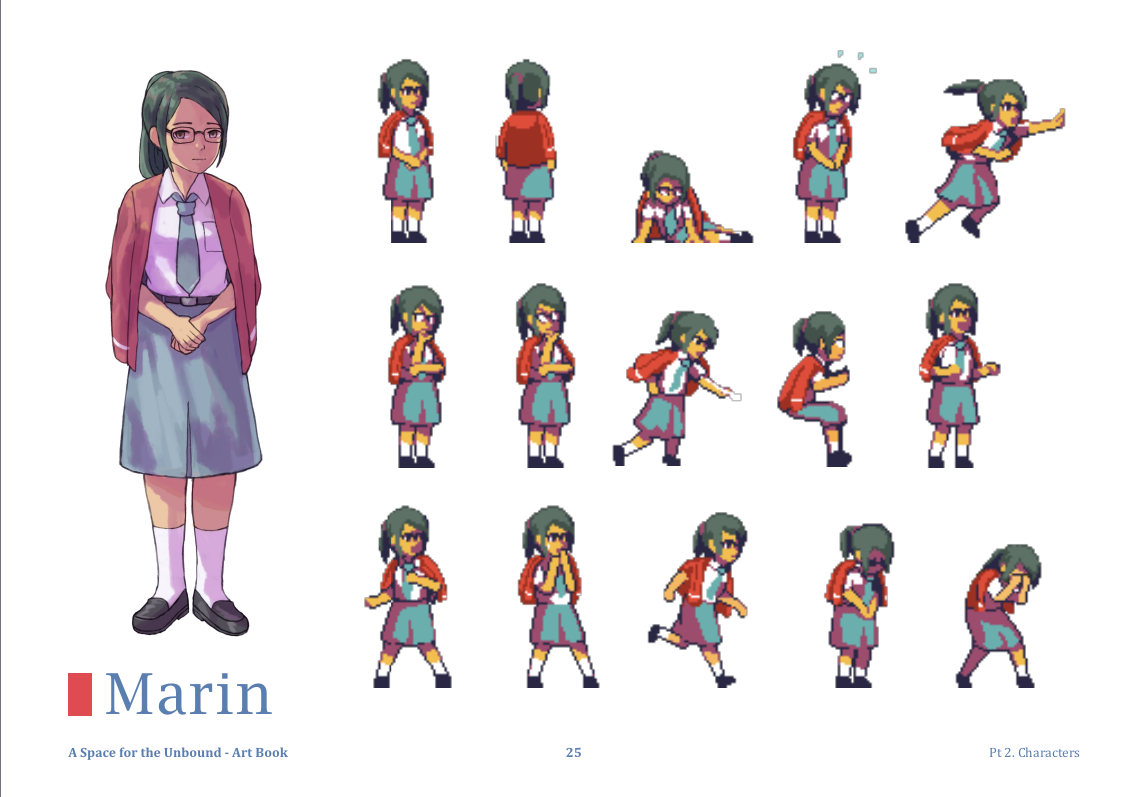
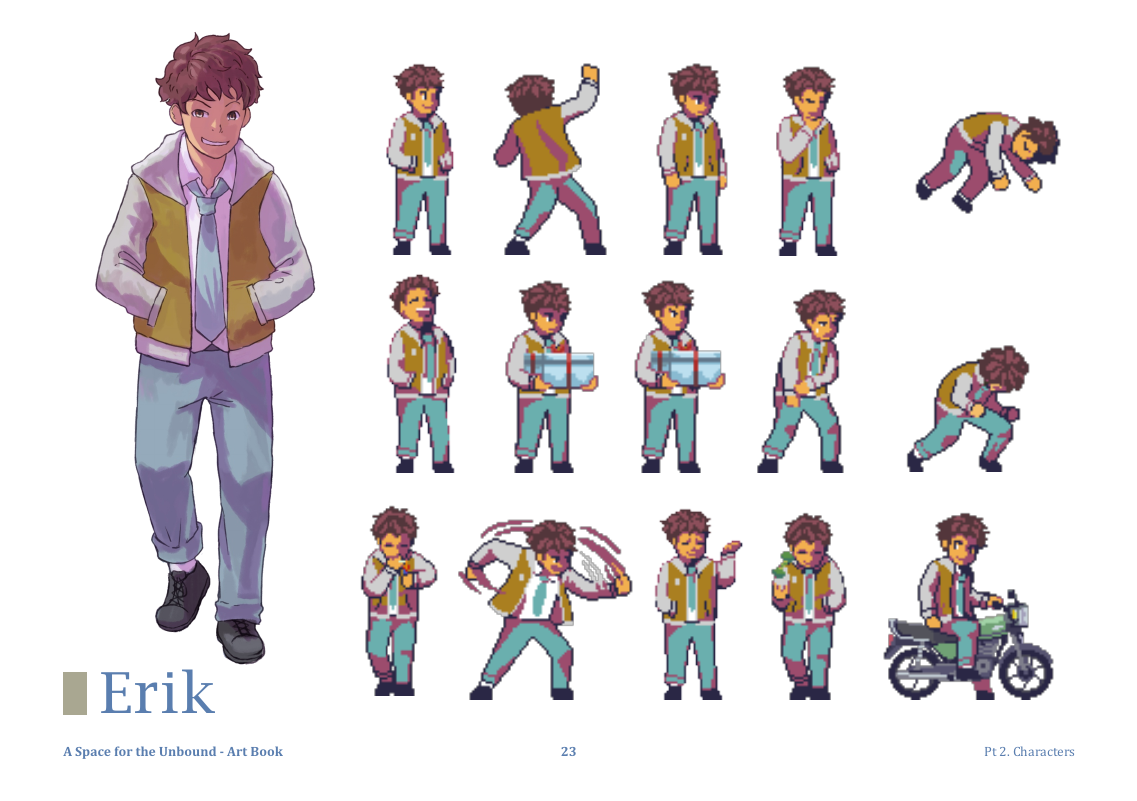
Okay, now you have the character concept, now draw it, and put it in the game. Here is example of Space for The Unbound Artbook. You should be able to create characters that fit in the game. This includes designing their appearance, vibes, until the story. As you can see, each character has its own unique style and personality, which is reflected in their design and pose.
Environment and Level #
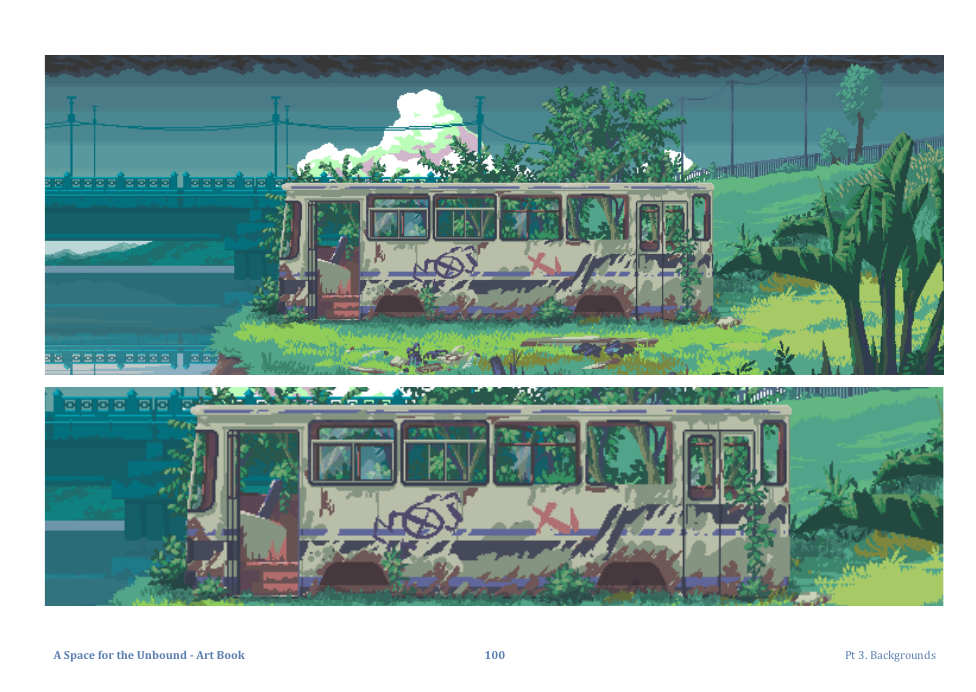
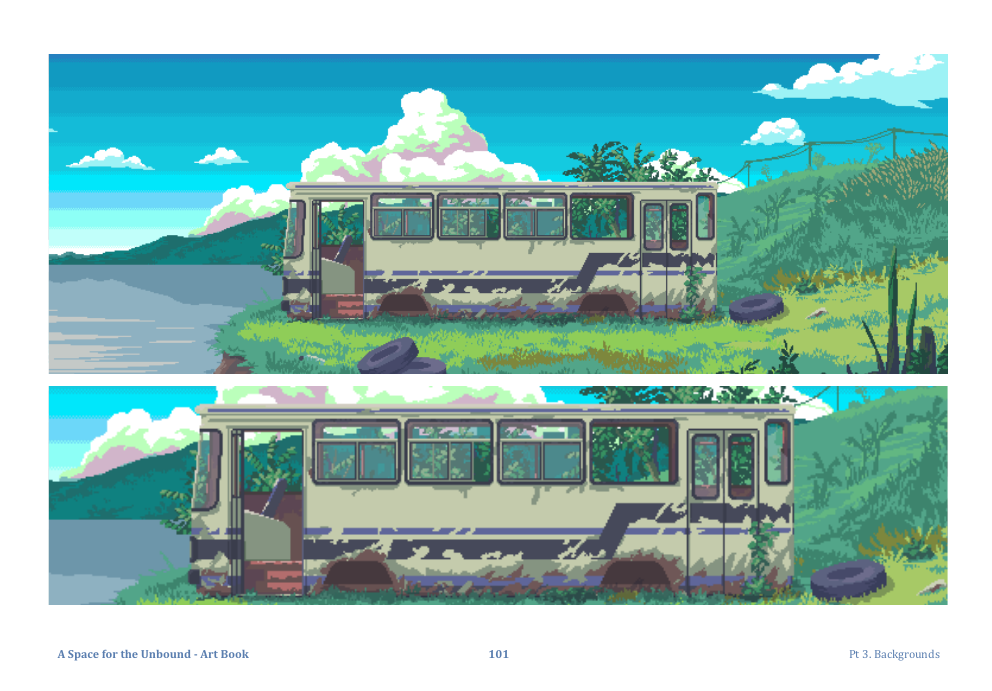
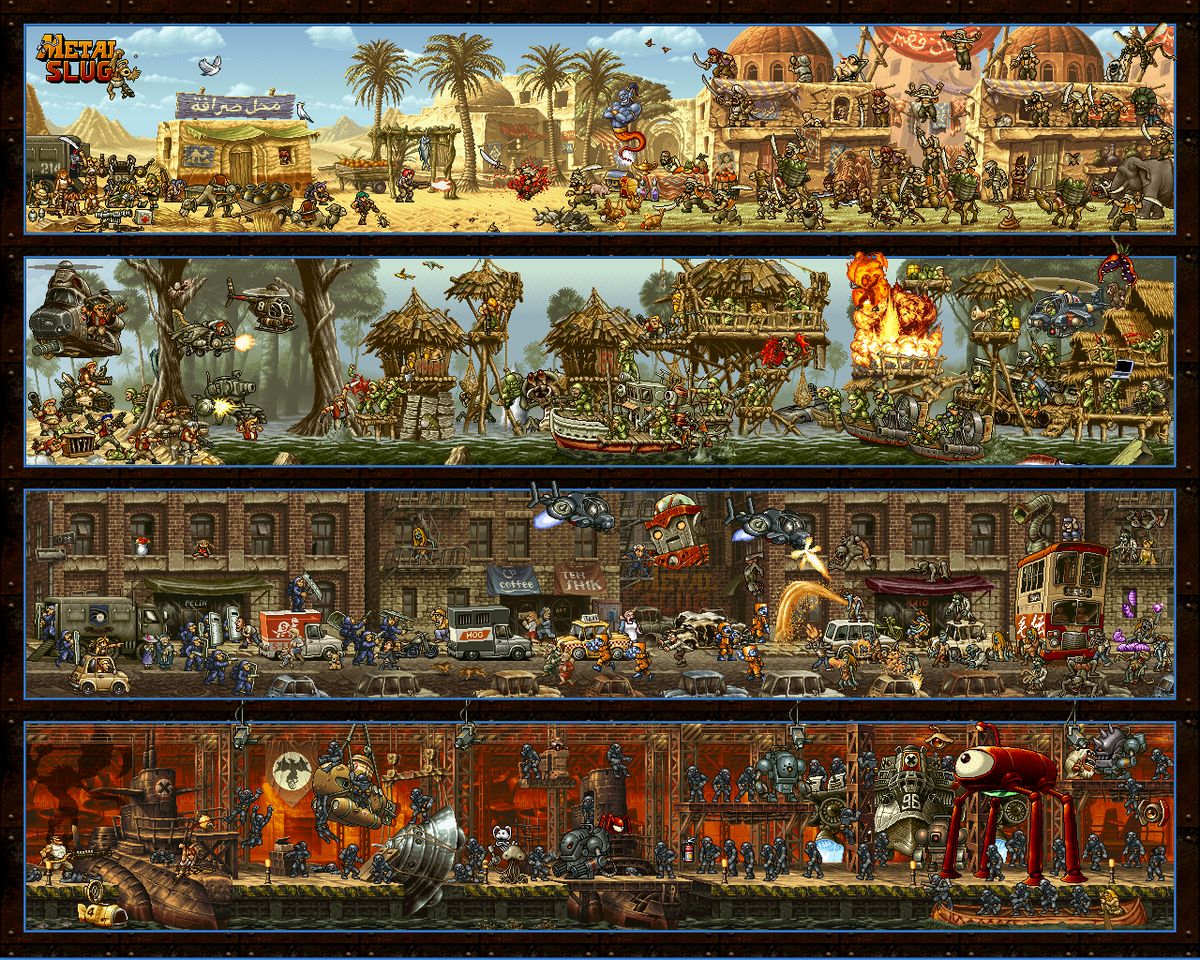

Okay, you may need to be architecture lover, this is the most important part of the game. You should be able to create worlds that fit the game’s style and theme. This includes designing the layout, props, and atmosphere of the environment that may fit, discuss with Game Designer what the environment needs (mostly so we game designer could reuse the assets and make it efficient).
Animation #
Cool drawing, lets animate it, how much time does it take? This includes character animations, environment animations, and sometimes UI animations. Make sure the quality of the animation is good and fits the game’s style and consistent. Dont forget the burden of 12 Principles of Animation.
UI/UX Design #
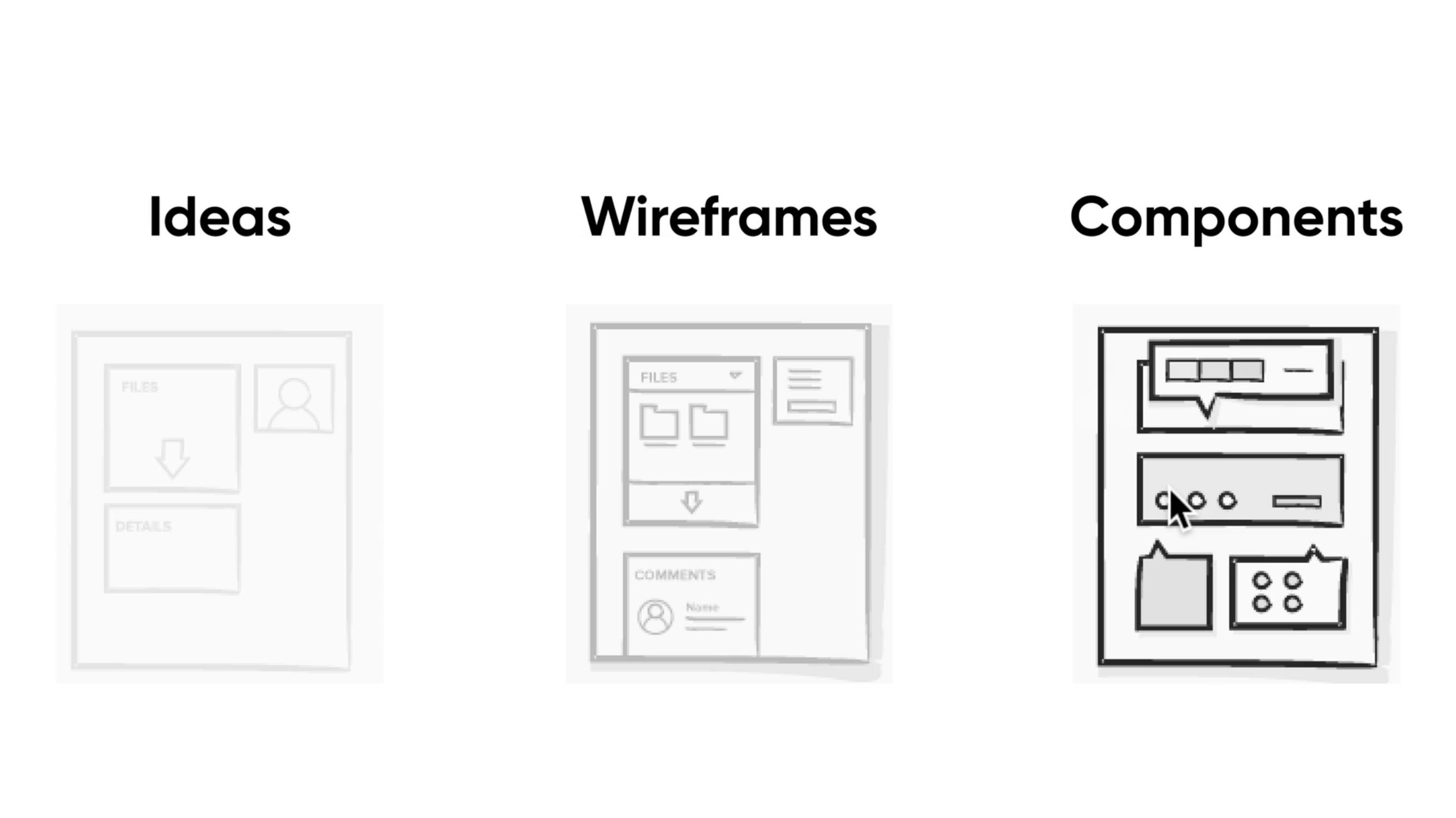
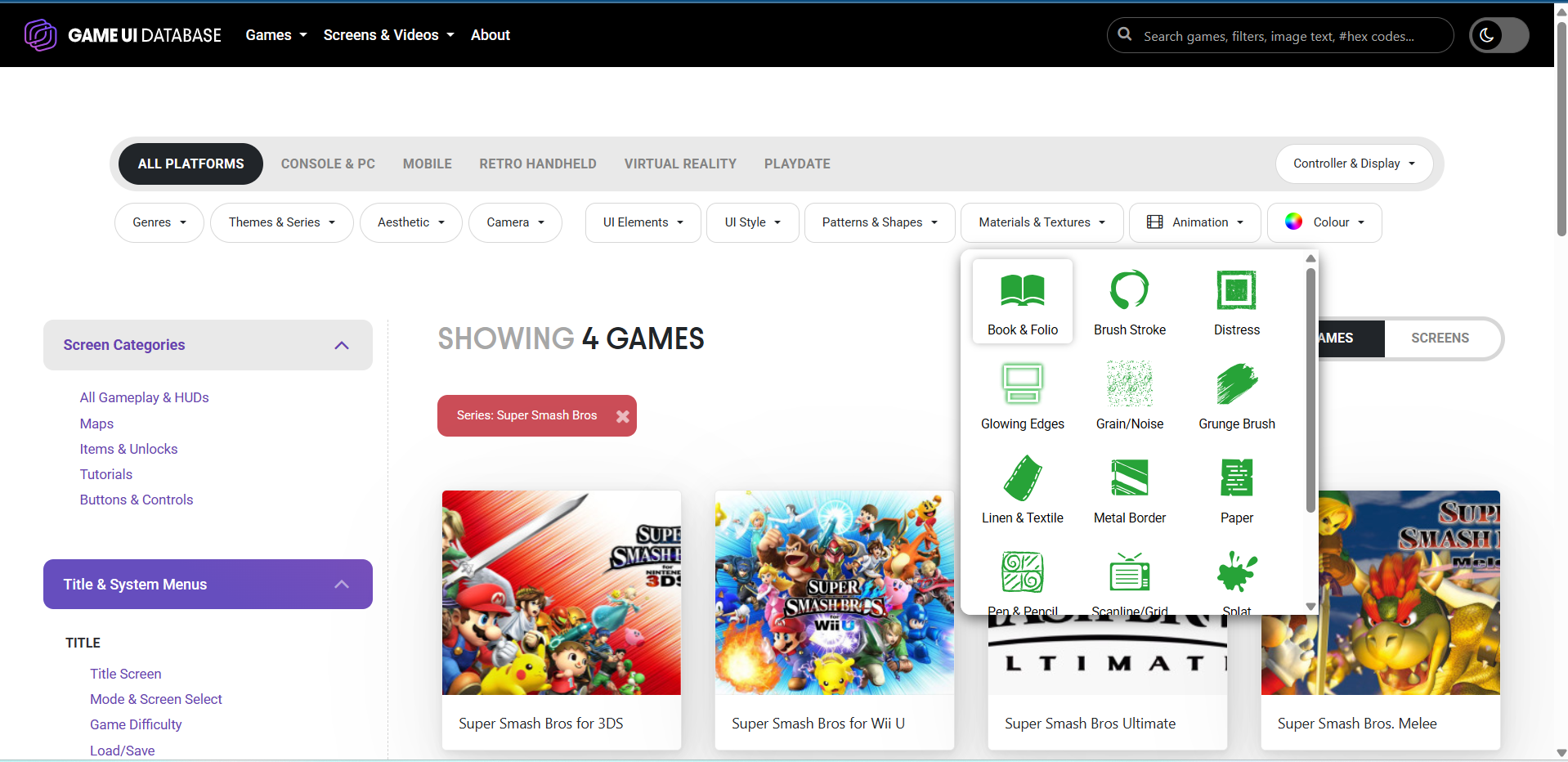
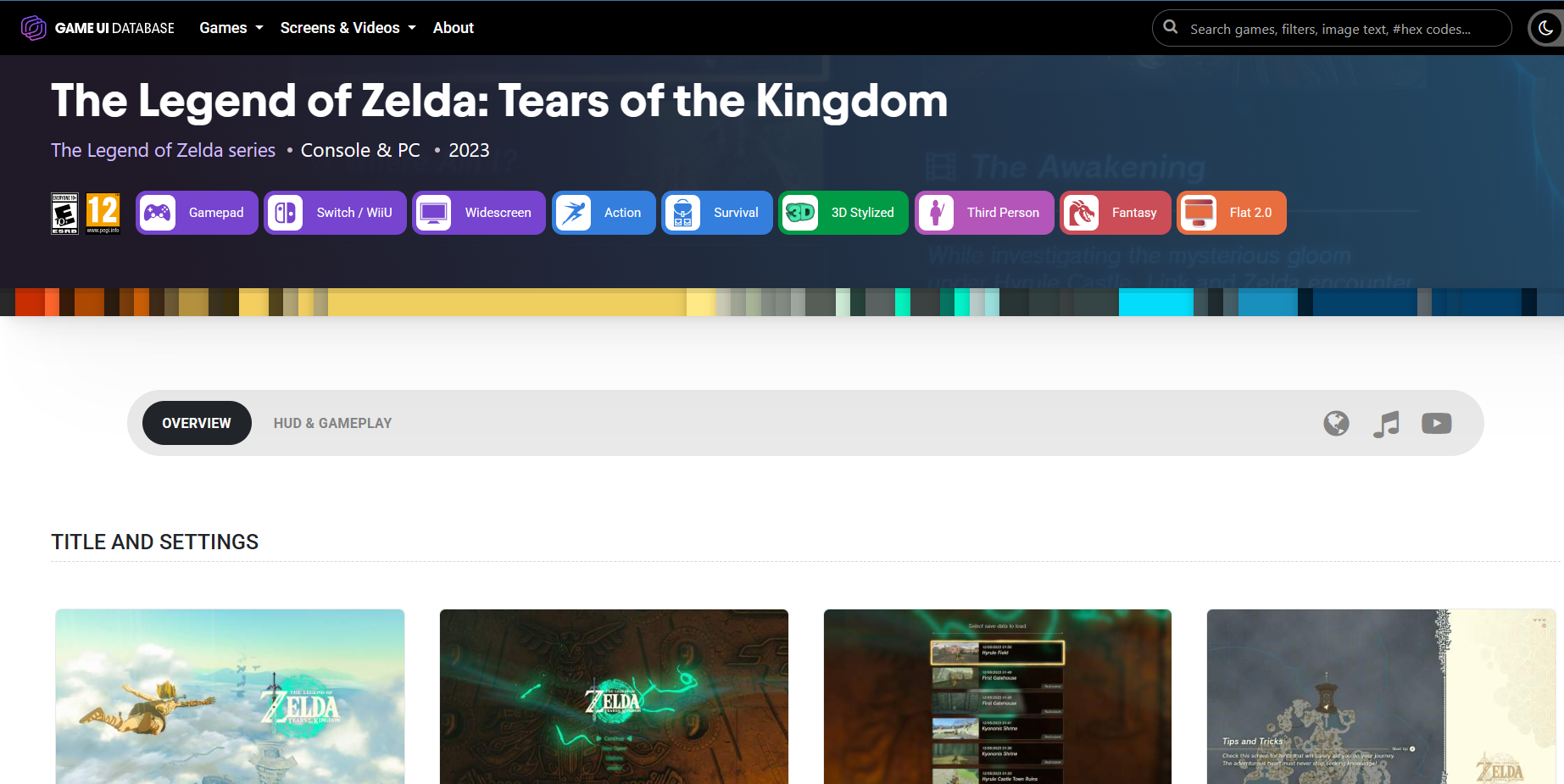
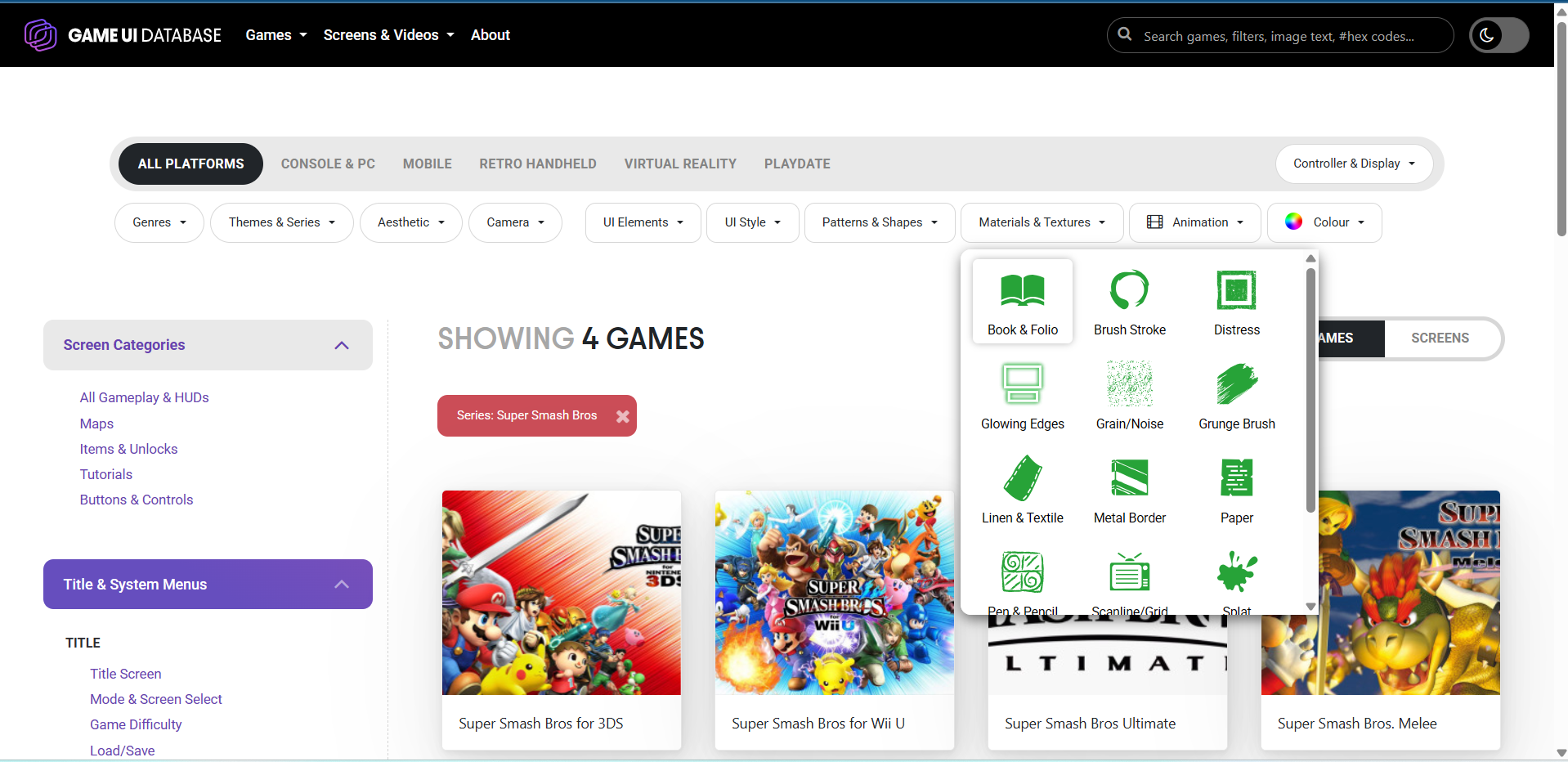
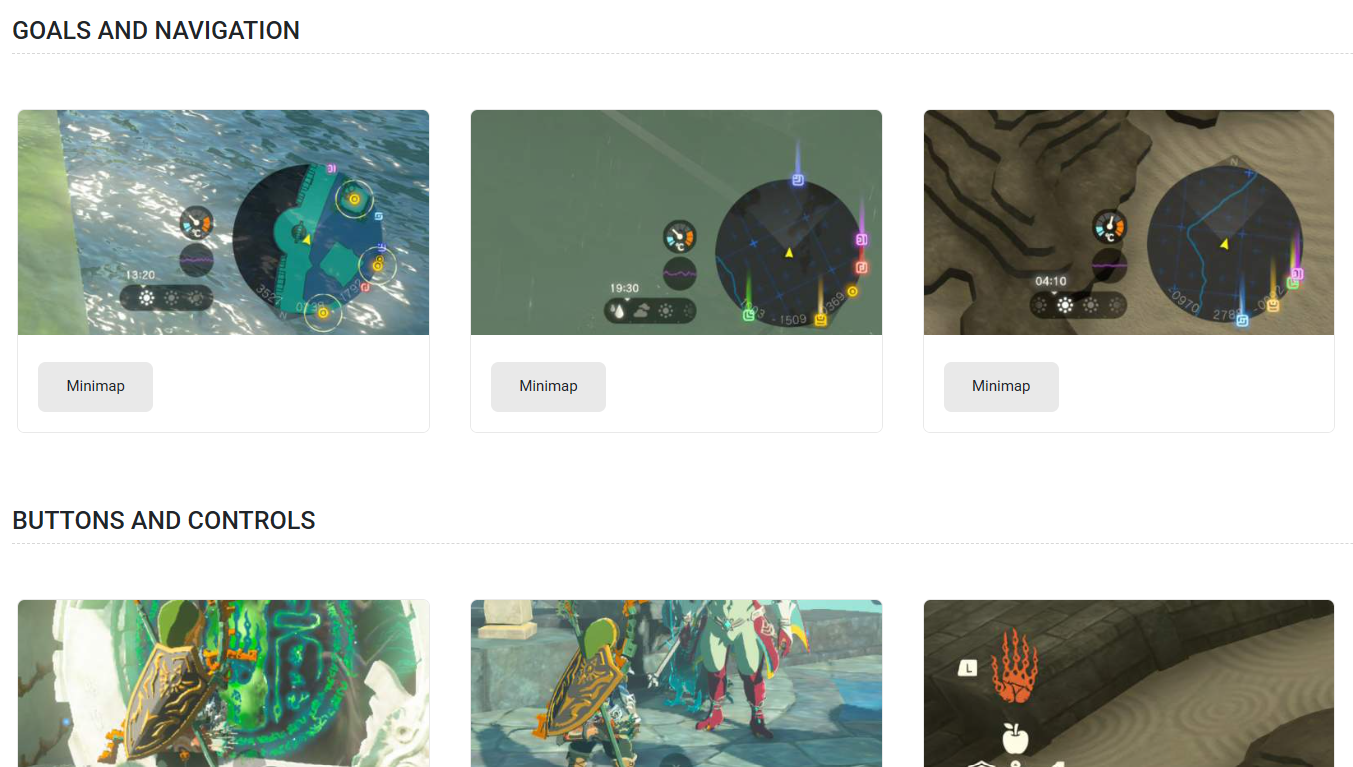
I recomend you to see Game UI DB for references. What kind of texture, what kind of color, what kind of layout, and what kind of typography that fits the game.
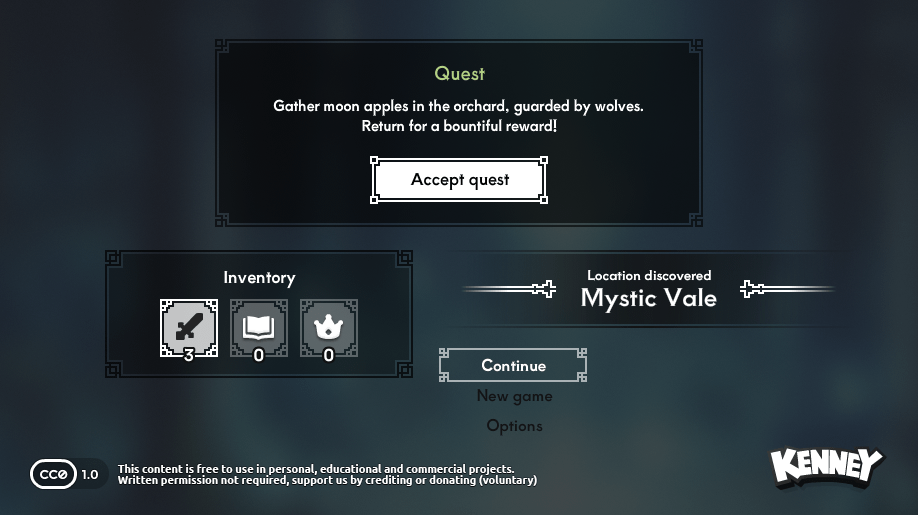
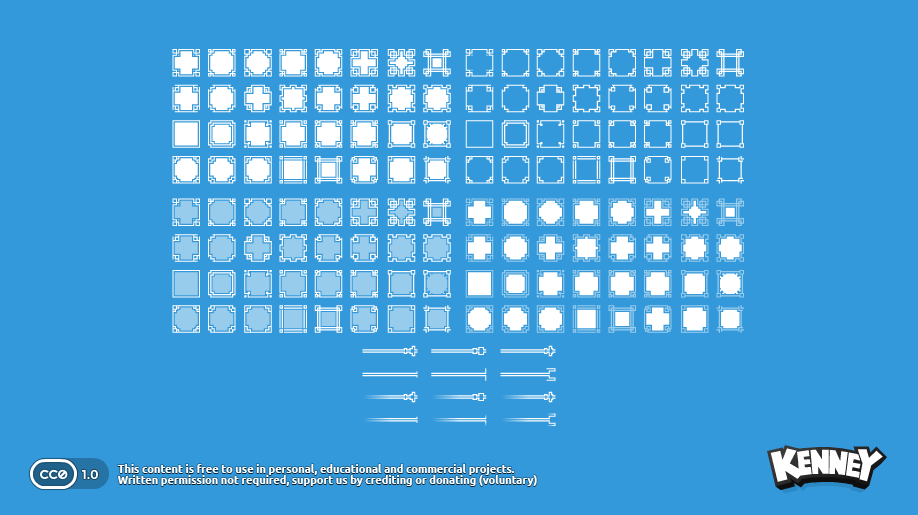
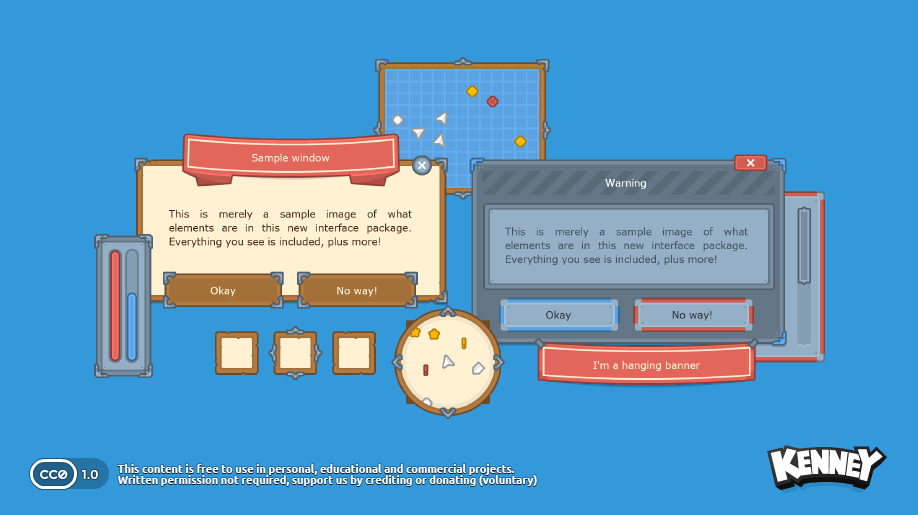
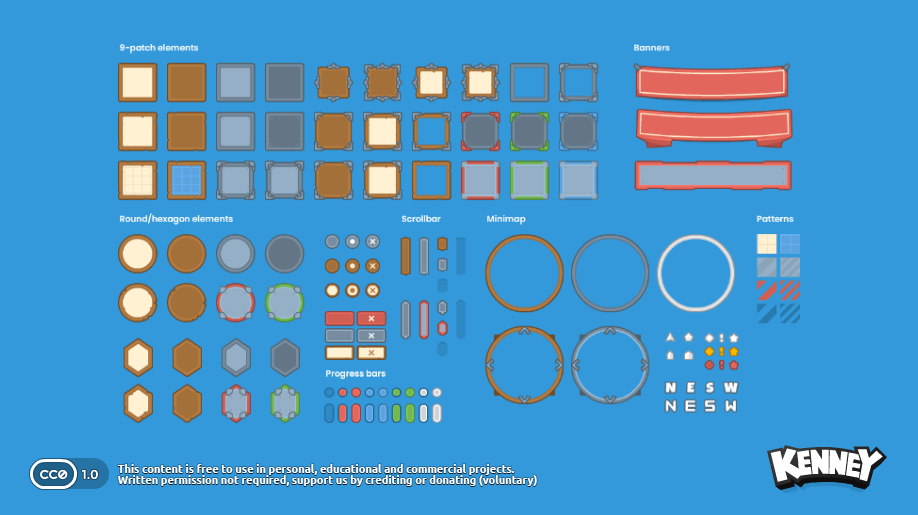
For the output format, see Kenney for the output examples. They provide the minimum requirements for the UI/UX design, which is very easy for game programmers to implement. For more advance thing here is accesibility requirements, you can see Game Accessibility Guidelines.
for future me https://www.imgchest.com/p/ej7ml5onb4d
